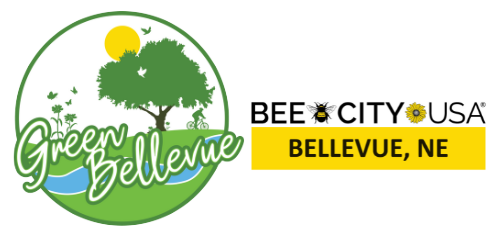Take the Bellevue, Nebraska Bee City USA Pollinator Protector Pledge
Become a part of the Bellevue Bee City USA community by planting a pollinator garden! Take this pledge for the recommended guidelines, reference the pollinator plant list, and certify your garden!
